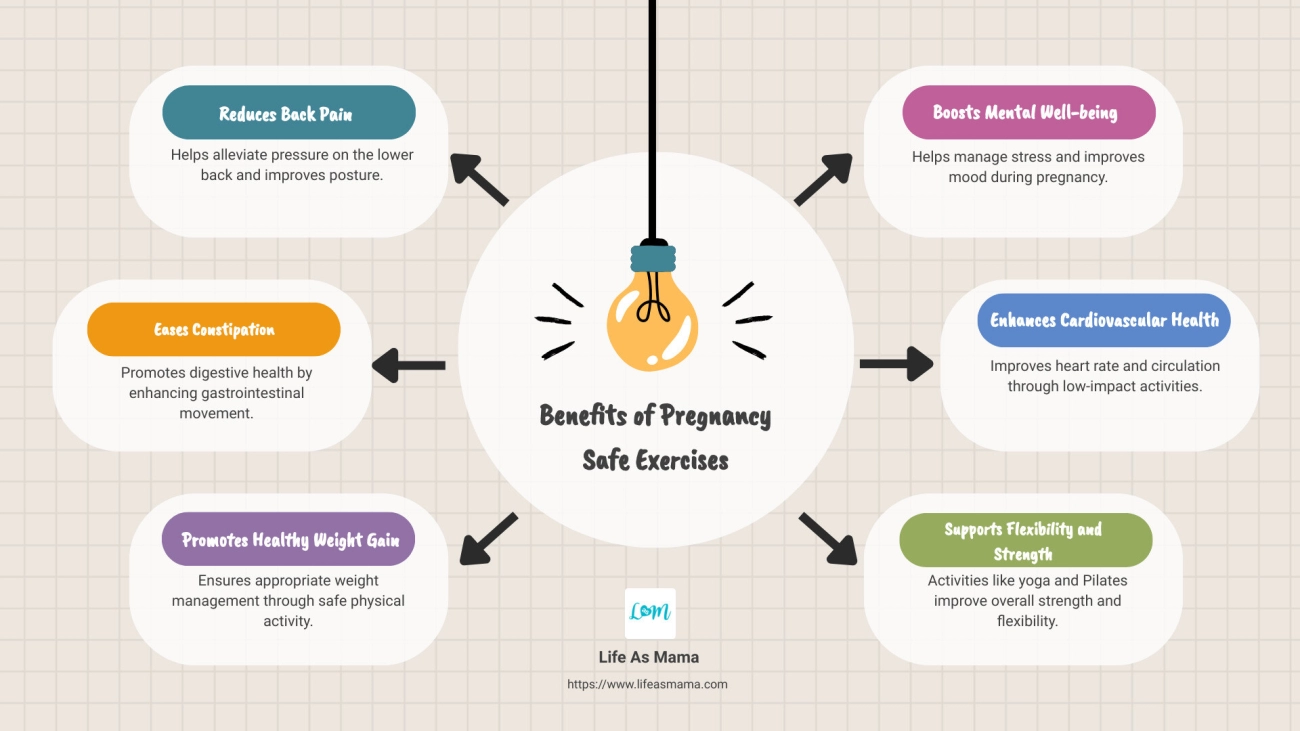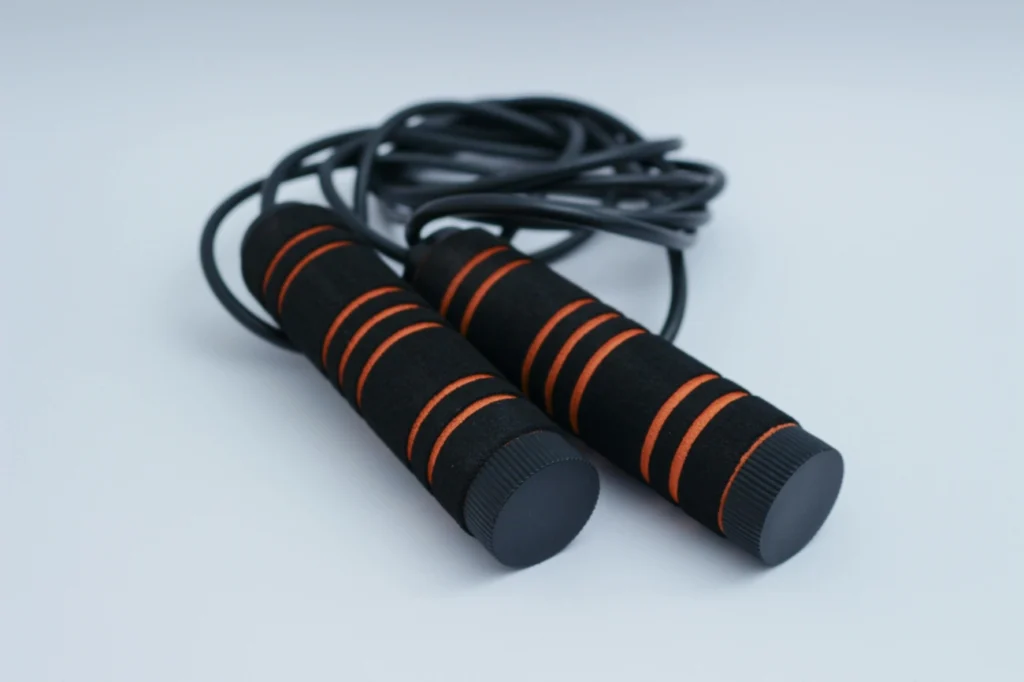Is Jumping Rope Safe While Pregnant
Medical perspectives on prenatal exercise
Healthcare professionals generally agree that staying active during pregnancy offers many benefits, such as improved cardiovascular health, reduced discomfort, and better mood stability. However, jumping rope during pregnancy is considered a high-impact activity, and its safety depends on a variety of personal factors. Medical guidelines suggest that while low to moderate impact activities are typically safe for most healthy pregnancies, higher-impact exercises like jump roping should be approached with extra caution—especially as the pregnancy progresses.
Factors that determine if jumping rope is safe
Whether you can jump rope while pregnant depends heavily on:
- Pregnancy trimester – Many women tolerate higher-impact activities better during the first trimester. As weight, balance, and joint laxity increase in the second and third trimesters, the risk of falls and joint strain rises.
- Pre-pregnancy fitness level – Women who were already actively jump roping before pregnancy may adapt more easily than beginners.
- Pregnancy complications – Conditions such as placenta previa, preeclampsia, cervical insufficiency, or risk of preterm labor often require avoiding high-impact workouts altogether.
When to avoid jump roping during pregnancy
Stop or avoid jump rope workouts if you have:
- High-risk pregnancy or complications identified by your doctor
- Unexplained vaginal bleeding or fluid leakage
- Persistent dizziness or shortness of breath
- Early contractions or signs of preterm labor
In these cases, your doctor will likely recommend low-impact exercises like walking, swimming, or prenatal yoga instead.
Why consultation with your healthcare provider is critical
Every pregnancy is different, which is why medical clearance is a must before trying jump rope while pregnant. An OB-GYN or midwife can:
- Assess your individual health status and risk factors
- Recommend modifications if jump roping is safe for you in the current trimester
- Advise on frequency, intensity, and duration suitable for your condition
Your safety and your baby’s health should always come first. Even if you feel physically capable, professional guidance ensures that your exercise routine remains both safe and effective throughout your pregnancy.
Benefits of Jump Rope for Pregnant Women

Jumping rope can be a simple and effective way for expecting moms to stay active, but it’s important to do it safely and with a doctor’s clearance. When done right, it offers several benefits for both health and well-being during pregnancy.
Improves Cardiovascular Fitness and Endurance
Jump rope is a cardio workout that boosts heart health and keeps the lungs strong. A light to moderate routine can help pregnant women maintain good endurance for everyday activities and even prepare for labor, where stamina and steady breathing matter.
Helps Maintain Healthy Weight and Muscle Tone
Pregnancy naturally brings weight gain, but regular, safe movement can help keep it within a healthy range. Jump rope can:
- Boost calorie burn without long workouts.
- Keep leg and core muscles engaged to support posture and reduce back strain.
- Help maintain lean muscle tone, which aids recovery after childbirth.
Supports Mental Health and Reduces Stress
Exercise releases endorphins, the “feel-good” hormones that can fight pregnancy fatigue and mood swings. The rhythmic nature of jump roping can be meditative, helping reduce stress and improve sleep.
Low Cost and Convenient
Jump rope is a budget-friendly exercise option—no expensive memberships or bulky equipment. All you need is a good quality rope, like a 5mm PVC jump rope, and a safe space to move. This makes it easy for busy moms-to-be to work out at home, outdoors, or even while traveling.
Quick Benefits Overview
| Benefit | How It Helps During Pregnancy |
|---|---|
| Heart health | Supports stamina for daily life and labor |
| Weight management | Keeps gain within recommended guidelines |
| Muscle tone | Reduces back discomfort and supports posture |
| Mental well-being | Lowers anxiety and boosts mood |
| Affordable & portable | Easy to fit into any lifestyle |
If you’re new to jump roping, learning the correct rope skipping posture can make sessions safer and more comfortable, especially while pregnant.
Risks and Concerns of Jumping Rope While Pregnant
Staying active during pregnancy can be a great way to support your health, but jumping rope while pregnant comes with some specific risks you’ll want to think about before starting or continuing the exercise. Pregnancy changes your body in ways that can affect balance, joints, and overall endurance. Here’s what to watch out for.
Risk of Falls from Balance Changes
As your pregnancy moves forward—especially in the second and third trimesters—your center of gravity shifts, making it easier to lose balance mid-jump. Even a minor stumble could lead to falls, which can be dangerous for both you and your baby. Quick, repetitive jumps increase this chance compared to low-impact cardio movements like walking or swimming.
Increased Joint and Ligament Strain
During pregnancy, your body produces relaxin, a hormone that loosens joints and ligaments in preparation for birth. While necessary, this extra laxity means any high-impact movement—like landing from a jump—puts more pressure on your ankles, knees, and hips. This can lead to sprains, soreness, or joint injury if you’re not careful.
Potential for Overexertion
Jump rope is a high-intensity workout that can cause rapid spikes in heart rate. Constant bouncing also taxes the muscles in your calves, core, and lower back—areas already under strain during pregnancy. Overdoing it may leave you short of breath, overheated, or fatigued, which are all signs your body needs you to slow down or stop immediately.
Key Takeaways for Safety
- Know your limits – If you weren’t jump roping regularly before pregnancy, this might not be the best time to start at full intensity.
- Watch for warning signs – Lightheadedness, cramping, contractions, or sharp pains are cues to stop right away.
- Prioritize stability – If balance feels off, switch to lower-impact movements to reduce risks.
Precautions to Take When Jump Roping Pregnant
Jump roping during pregnancy can be safe for some women, but only if the right precautions are taken. Your body changes fast in these months, so you’ll want to protect yourself from strain, balance issues, and overheating.
Get Medical Clearance First
Before you even touch the rope, talk to your healthcare provider. A quick checkup can determine:
- If your pregnancy is low-risk
- Whether you have placenta previa, preeclampsia, or other concerns that make jumping risky
- If adjustments in your workout routine are needed
A doctor’s approval ensures you’re not putting yourself or your baby at unnecessary risk.
Wear Proper Footwear and Jump on Safe Surfaces
Supportive shoes with good cushioning matter more now than ever. They help limit joint stress and lower the risk of falls. Jump on a flat, non-slip surface—like a gym floor or workout mat—rather than concrete, which can be too hard on your joints.
Adjust Workout Intensity and Duration
Pregnancy isn’t the time to push for personal records. Keep it low to moderate intensity and cut back on workout time if needed. You can:
- Slow your pace
- Reduce jump height
- Take breaks between sets
Stay Hydrated and Rest Often
Your body temperature rises faster during pregnancy, increasing the risk of overheating. Drink water before, during, and after exercise and take frequent pauses to catch your breath and cool down.
Listen to Your Body and Stop Immediately If
- You feel dizzy, lightheaded, or short of breath
- There’s abdominal pain, vaginal bleeding, or fluid leakage
- You notice unusual swelling, severe headaches, or vision changes
Even mild discomfort is a sign to pause and reassess. Safety always comes first for both mom and baby.
If you prefer a gentler option or want to modify your routine, you might like exploring different ways to jump rope that allow lighter, low-impact cardio.
Safe Alternatives to Jump Rope During Pregnancy

If jumping rope feels too high-impact during pregnancy or your doctor advises against it, there are plenty of safer options to keep your cardio routine going without risking strain or injury. The key is to opt for low-impact movements that still give you a good workout but are gentler on your joints and balance.
Low Impact Cardio Options
These are great for keeping your heart healthy, maintaining strength, and managing weight without the high-impact bounce of a regular jump rope session.
- Walking – Easy to start, low risk, and can be done indoors or outdoors. A brisk walk still offers great cardio benefits.
- Swimming or Water Aerobics – Buoyancy reduces stress on joints and supports your body weight, making it easier to move comfortably.
- Prenatal Yoga or Pilates – Improves flexibility, posture, and relaxation while easing back discomfort.
- Elliptical Training – Smooth, gliding motion with minimal joint impact.
Modified Jump Rope Exercises
If you want to keep the feel of jump rope, you can modify exercises to reduce impact:
- Gentle Side Steps with Rope Swings – Mimic rope movement with your hands while stepping side-to-side instead of jumping.
- March in Place – Lift knees slightly while rotating the rope under your feet without leaving the ground.
- Toe Taps – Alternate tapping each foot forward in rhythm with rope turns.
Using Weighted or Adjustable Jump Ropes
If your doctor gives you the green light to keep skipping in some form:
- Choose a Lightweight or Adjustable Rope – Easy to handle and can be shortened for better control.
- Weighted Handles – Add resistance for arm and shoulder strength without increasing foot impact.
- Beaded Jump Ropes – Offer better control at slower speeds, perfect for low-impact movements.
By mixing in these alternatives, you can stay active, safe, and comfortable throughout your pregnancy while still satisfying that jump rope habit.
Tips for Choosing the Right Jump Rope During Pregnancy
Choosing the right jump rope while pregnant isn’t just about comfort — it’s about reducing strain, minimizing injury risk, and making workouts safer. The right rope makes a big difference in how your body handles the exercise during pregnancy.
Features to Look For
When shopping for a pregnancy-friendly jump rope, keep these features in mind:
- Lightweight design – A lighter rope puts less stress on the arms, shoulders, and joints.
- Adjustable length – Being able to fine-tune rope length helps with proper posture and prevents tripping.
- Comfortable grip – Soft or padded handles reduce hand strain and improve grip when your hands might swell during pregnancy.
- Smooth rotation – High-quality bearings allow fluid motion, making the workout less jarring.
- Tangle-free rope – PVC or beaded ropes with a tangle-free design are easier to use and safer.
Safe Rope Options for Pregnant Women
| Rope Type | Benefits for Pregnancy | Things to Check |
|---|---|---|
| PVC jump ropes | Lightweight, smooth swing, easy to adjust | Make sure it’s high quality and not stiff |
| Beaded jump ropes | Good feedback on each turn, easy timing | Prefer softer beads to reduce impact |
| Adjustable ropes | Adapts as your body changes | Ensure handles are comfortable and secure |
| Weighted handles (light) | Builds arm strength with minimal strain | Keep weights under ½ lb for comfort |
Why These Features Matter During Pregnancy
- Safety first – Proper length and smooth rotation make trips and falls less likely.
- Joint protection – Lighter ropes reduce the impact on knees, hips, and ankles, which are more vulnerable during pregnancy.
- Energy efficiency – The right rope lets you work out with less effort, helping avoid overexertion.
By focusing on a pregnancy-safe jump rope design, you’ll keep workouts effective, comfortable, and safe — allowing you to enjoy the benefits of cardio without unnecessary risks.
Frequently Asked Questions About Jump Rope While Pregnant
Can jumping rope trigger labor
For most healthy pregnancies, light to moderate physical activity does not trigger labor. However, high-intensity or high-impact workouts — especially late in pregnancy — may place extra stress on your body. If you’re close to your due date or have complications like placenta previa, preterm labor risk, or high blood pressure, your doctor may advise against jumping rope. Always get medical clearance first.
What trimester is best for jumping rope
Jump roping is generally most comfortable and safest during the first trimester for women who already had an active fitness routine before pregnancy. By the second trimester, balance changes and a growing belly can make it harder to jump safely. In the third trimester, the risk of falls, joint strain, and fatigue increases, so most healthcare providers recommend switching to low-impact exercises like walking, swimming, or prenatal yoga.
How often can I jump rope while pregnant
If your doctor gives the green light, stick to a moderate schedule — such as 2–3 short sessions per week, keeping intensity at a comfortable level where you can still talk while exercising. Shorter, gentler workouts are better than long, high-impact routines during pregnancy. Adjust as your pregnancy progresses.
What symptoms mean I should stop
Stop immediately and call your healthcare provider if you notice any of these:
- Dizziness, lightheadedness, or shortness of breath before you’d expect to be tired
- Vaginal bleeding or fluid leakage
- Sharp abdominal or pelvic pain
- Contractions or unusual cramping
- Swelling, headaches, or vision changes that develop during or after exercise
Tip: Listen to your body. Pregnancy is not the time to push past pain or discomfort — if something feels off, it’s better to stop than to risk injury.



